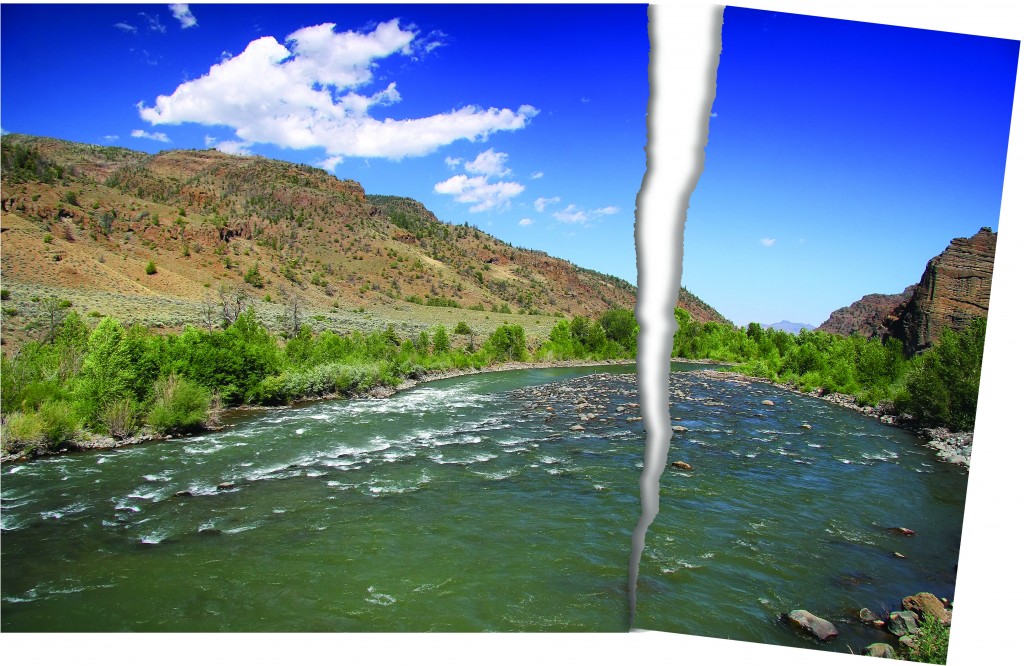Leave it to Beaver
Returning to past practices for future water management
By Tesia Lin
In 2014, John Coffman arrived in Wyoming as The Nature Conservancy’s new steward for the Red Canyon Ranch and quickly encountered an unforgettable lesson.
By Tesia Lin
In 2014, John Coffman arrived in Wyoming as The Nature Conservancy’s new steward for the Red Canyon Ranch and quickly encountered an unforgettable lesson.
By Randy Rea
The Yampa River Basin is in trouble.
It’s a hot, sunny day in early April, and I’m out collecting GPS coordinates for stands of wetland vegetation in the Bear River Migratory Bird Refuge on the Great Salt Lake in Utah.
Stepping through the tall grass, a family made their way to the edge of Kelly Warm Spring, a geothermal spring with a temperature that hovers around 77 degrees Fahrenheit year-round, in Grand Teton National Park.
One summer day in 1992, two teenage boys fishing Lake Mary Ronan watched a man dump a cooler
A mile outside of Browning, Montana, a watercraft inspector sits on the side of the highway next to her kennel.
One hundred thousand quagga mussels can live in a single square meter, and 450 trillion of them infest Lake Michigan alone.
Invasive species are not a new phenomenon, but over the past few decades the West has seen an explosion of all types in all ecosystems.
 When the Soviets started draining their inland sea
When the Soviets started draining their inland sea
to grow cotton in the desert,
a Kremlin engineer said it is obvious to everyone
From his Chevy Silverado, Phil Fine watched heavy rain fill up an irrigation ditch on his family farm in central Oregon.
Brady Godwin was on the lookout for river otters.
The second week of September 2013, rain pummeled Cheyenne, Wyoming.
As early as 2006, employees of the environmental group Western Watersheds Project allegedly trespassed onto Wyoming ranches to gather water samples.
During the record-setting hot and dry years of 2012 and 2013, severe water shortages on the Wind River Indian Reservation turned fields to dust and forced cattle ranchers to sell their herds.
Ranchers today in the Upper Green River Basin say they are modern-day beavers.
On May 31, 2015, a half dozen brightly colored rafts slipped past the Split Mountain take out at the bottom of Gates of Lodore
Water, or perhaps the absence of water, defines the Wyoming landscape and shapes the species that live on it. Big sagebrush (Artemesia tridentata) is one species particularly well adapted to Wyoming’s arid climate.
This story is a sidebar to One Irrigator’s Waste is Another’s Supply: Upstream Efficiencies Mean Less Water for Downstream Users in Nebraska’s Panhandle.
As a child in northeastern Wyoming, I remember my summers as irrigation season.
This story is a sidebar to Supercomputer-Powered Model Improves Water Planning: A Hi-Resolution Hydrologic Model Peers into the Future of Western Water.

In the summer of 1860, farmers in central Colorado found Left Hand Creek dry.[1] They started looking for replacement water.